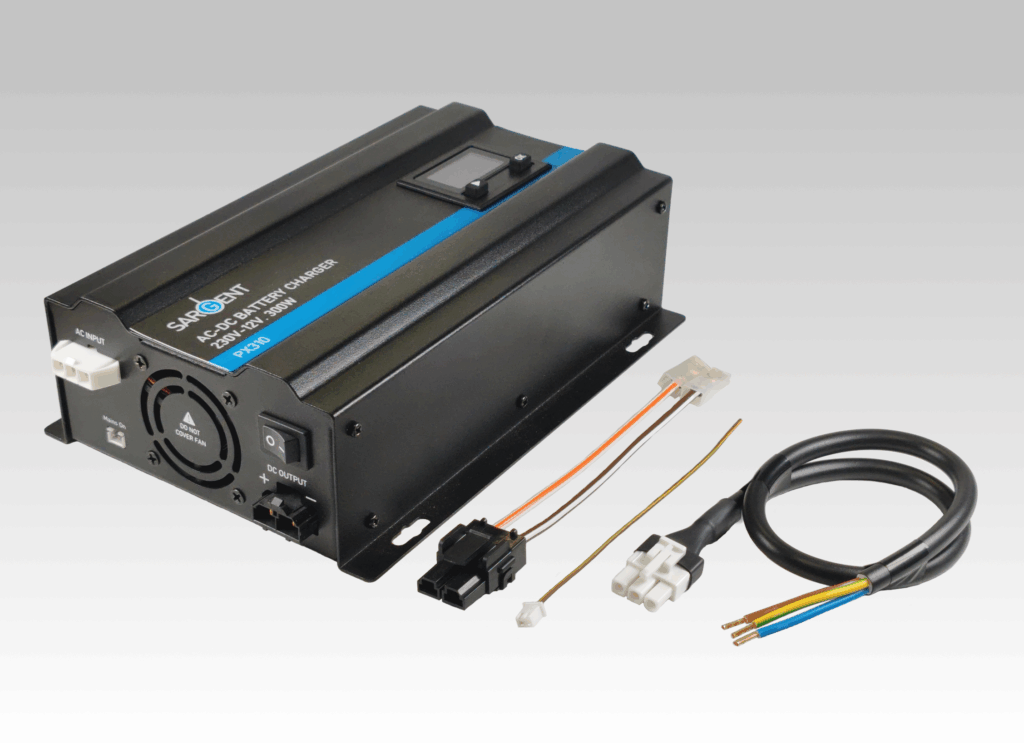How to choose the right inverter for your campervan
If you are planning to spend a lot of time in your campervan, one of the most important upgrades you can make is installing an inverter. This small but powerful device can convert the 12V DC power from your leisure battery into 230V AC power, giving you the ability to run everyday household appliances such as kettles, laptops, TVs, and hairdryers while you are on the road. It can be difficult to know which inverter is right for your needs. Here at UK Leisure Parts, we supply a wide range of electrical products designed specifically for mobile homes, and we have put together this guide to help you choose the perfect inverter for your setup.
Step 1: understand what you want to power
The first step is to make a list of all the appliances you want to use in your van. If you just need to charge electricals, then a compact inverter is usually necessary. However, if you are planning to run bigger items like microwaves, coffee machines, or hobs, you will need a larger inverter, often in the 1500–3000W range. Always check the wattage of your appliances before deciding on the right inverter.
Step 2: pure sine wave vs modified sine wave
Not all inverters are created equal. The two main types are:
- Pure sine wave inverters – these deliver clean and stable power, which is similar to your home mains supply. They are the best option for sensitive electronics like laptops, TVs or medical equipment. While they can cost a little more, they ensure your devices run safely and efficiently.
- Modified sine wave inverters – these are more affordable but can produce a “rougher” current. They can fine for simple appliances such as kettles or heaters, but can cause buzzing noises, overheating and even long-term damage to sensitive electronics.
For most campervan users, a pure sine wave inverter is the safest and most reliable choice.


Step 3: match your inverter to your battery system
Your inverter must be matched to your leisure battery system. If a high-powered inverter is paired with a small battery, it can drain it quickly and leave you without power. As a rule, the larger the inverter, the more battery capacity you will need.
Step 4: safety first
When dealing with electrics, safety is always the priority. Look for inverters with built-in protections such as overload cut-off, low voltage shut down and even short-circuit protection. Installation should always be done with the correct cabling and fuses to handle the high current safely.
Choosing the right inverter for your campervan depends on your lifestyle and the type of appliances you want to run while on the road. A smaller inverter may be fine for smaller weekend trips, while long-term travellers might benefit from a larger, pure sine wave model with a robust battery setup.
Here at UK Leisure Parts, we stock a wide range of inverters and electrical accessories to suit every campervan setup. Whether you are looking for a compact solution or a full off-grid system, our expert team is here to help you make the right choice. Contact us today for more information.

